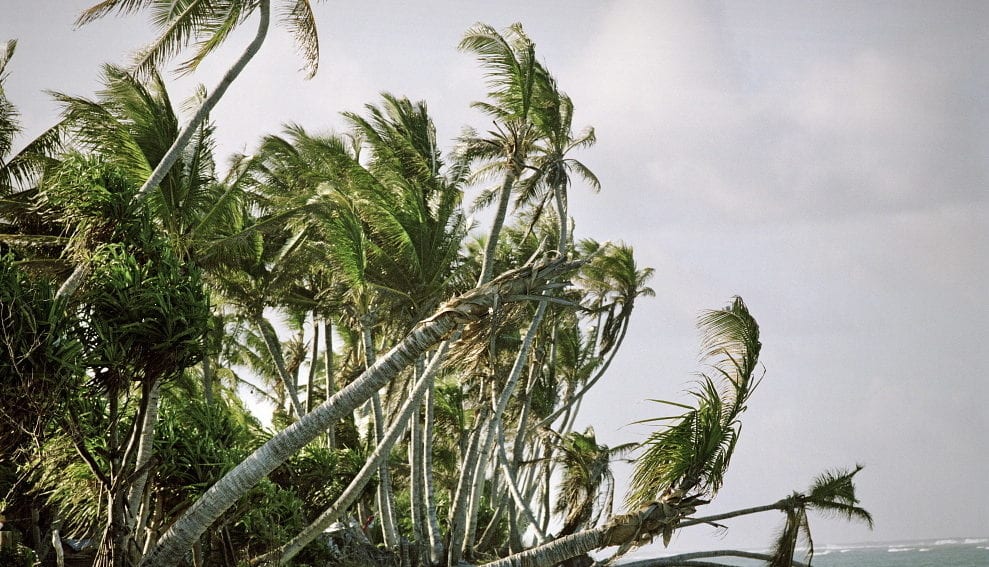By: Crispin Maslog
Send to a friend
The details you provide on this page will not be used to send unsolicited email, and will not be sold to a 3rd party. See privacy policy.
[MANILA] Where science has faltered, nature in its violent form may have succeeded in the fight against the coconut scale insect (Aspidiotus rigidus), locally known as ”cocolisap” in the Philippines.
Four months after Typhoon Rammasun blasted through southern Luzon with winds of 120 kilometres per hour for three hours last July 16, the dying coconut trees in five provinces in the region are again turning green.
This fact has been backed by a three-week rapid ground assessment of the Philippine Coconut Authority (PCA) and two agricultural scientists from the University of the Philippines Los Baños (UPLB).
“Strong winds and rain swept away the coconut scale insects and reduced their population. As a result, the new leaves are able to grow green normally,” Romulo Davide, an entomologist at the UPLB, tells SciDev.Net.
Davide explains that the “balance of power” turned against the coconut scale insects when the winds came, and its natural enemies are now able to combat the pest on even ground which were overwhelmed by the pest at the height of the infestation early this year.
UPLB entomologists Mario and Marcela Navasero, announced last July the discovery of a “natural enemy” of the cocolisap — a wasp-like native insect from the Comperiella species (Encytidae, Hymenoptera), which is classified as a parasitoid.
A relatives of bees, the parasitoid punctures the scales of the cocolisap and deposits its eggs into the host insect. Its larvae feed on the internal tissues until the host dies in a process that takes about 25 days, according to both entomologists.
But former Philippine science minister and plant breeder Emil Javier warns that although scale insect populations normally diminish during the rainy months, “we are not out of the woods yet”.
“The insects may come back in January or February next year. I wouldn’t relax my guard if I were the PCA,” Javier cautions.
The pest causes the leaves of coconut trees to dry up and turn brown before withering away. It is believed to have originated on Sangi Island in Indonesia. The pest ravaged more than two million trees in five provinces and threatened the multibillion-peso Philippine coconut industry.
SciDev.Net earlier reported that environmental advocates disagreed with some Philippine scientists over fighting the infestation with a chemical pesticide containing dinotefuran, a form of neonicotinoid, because of its harmful environmental and health effects.
When asked for his stand on the debate, entomologist Davide notes that his position is different. He says the coconut trees in the five affected provinces are already too tall and old, and should be cut down and harvested as lumber.
He advises planting new varieties of coconuts that will start bearing fruit in three to five years, the same time that it will take for the chemically treated coconuts to recover and bear fruit again.
This article has been produced by SciDev.Net's South-East Asia & Pacific desk.














